The food sector generates tonnes of food waste each year, the majority of which is dumped. But, Now Scientists are developing food waste bandages & food packaging film.
The pungent durian fruit (Durio Zibethinus Murr) is widespread in Southeast Asian nations such as Thailand, Indonesia, and Singapore And characterised as sweet and custard-like. Professor William Chen, director of Nanyang Technological University’s (NTU) Food Science and Technology Program, says, “Every year, we devour 12 million durians in Singapore.” The tough, prickly husks of the fruit makeup 65–70% of the total weight of the fruit and are typically discarded, contributing to environmental waste. Cellulose, a sizeable renewable biopolymer, makes about 31.6 per cent of the husks, which Chen says is “greater than other food processing side-streams, such as soybean wastes.”
Given the abundance of durian husks and their valuable cellulose content, Chen and his NTU team set out to develop a method for extracting the cellulose and identifying potential market applications for it Like developing food waste into bandages. The husk is chopped into small pieces, freeze-dried, and ground into a fine powder using a proprietary process they developed. The powder is then treated with various solutions and rinses to remove the residual lignin and hemicellulose. “The cellulose extraction technology—as well as the removal of other impurities—is environmentally friendly and simple to implement,” says Chen.
Science behind the food waste bandages
When the extracted cellulose was mixed with glycerol, it formed soft, gel-like silicon sheets. The researchers then added organic molecules produced by baker’s yeast, known as yeast phenolics, to the hydrogel to give it antibacterial properties, as detailed in a recent study. As a result, An antibacterial bandage can be cut into different sizes and shapes. “Because our cellulose-derived hydrogel has high water absorption capacity and good antimicrobial activity, it can be used cellulose-derived hydrogel can use interstitial fluid on the wound while also preventing infection,” Chen explains. Conventional bandages are only intended to protect wounds. Their antibacterial properties are derived from metallic compounds such as silver or copper ions, which are both costly and inherently toxic. The hydrogel, according to Chen, is “natural and sustainable; thus, its incorporation into bandages provides added function.”
Aside from durian husks, the technology can be applied to other types of food waste. “Our cellulose extraction technology can be applied to soybean residues, demonstrating its adaptability as a platform technology applicable to various raw materials of similar nature—those high in cellulose content,” Chen says. Furthermore, the extracted cellulose has applications outside of healthcare. Researchers published a study in 2019 demonstrating that cellulose from durian husks could be used to make a film for food packaging comparable to commercial cellophane in terms of transparency, thermal properties, and structure, while also being biodegradable, sustainable, and low in cost.

Chen and his colleagues at NTU have spent years developing methods for extracting valuable ingredients from waste that would otherwise end up in landfills or incinerators. With less than 1% of Singapore’s land used for farming, it imports more than 90% of its food. Singapore, according to Chen, also faces a challenge in dealing with food waste, which can be expected to total 650,000 tonnes by 2020. “Reducing food waste not only helps us reduce environmental pollution, but it also leads to lower levels of food import,” says Chen. “It all has to do with Singapore’s food security.”



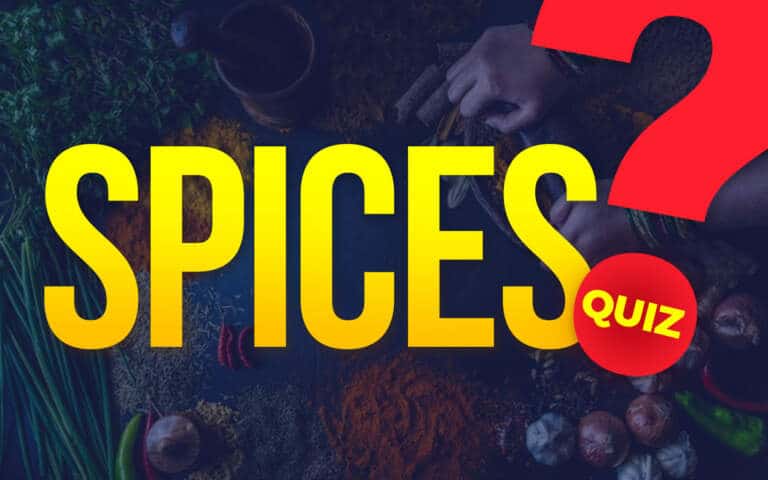
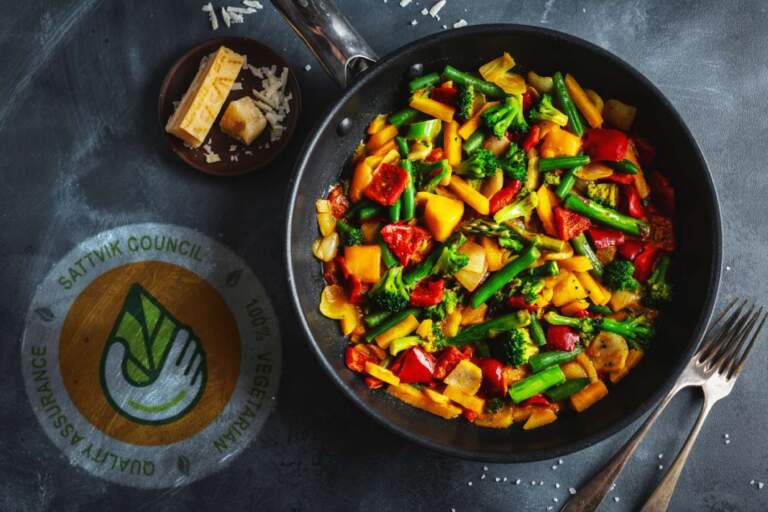
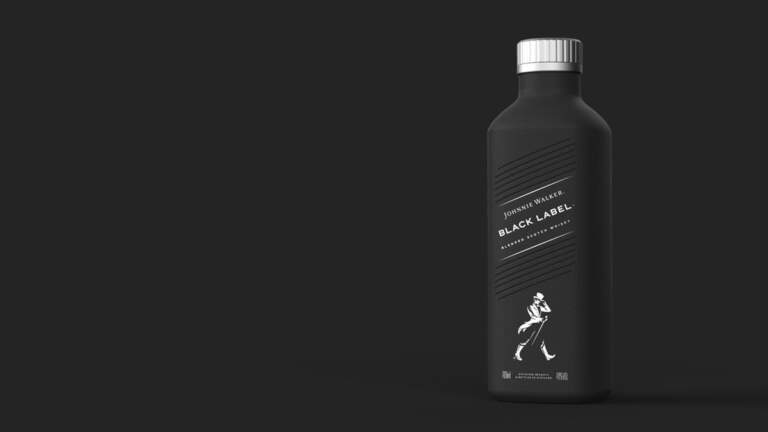
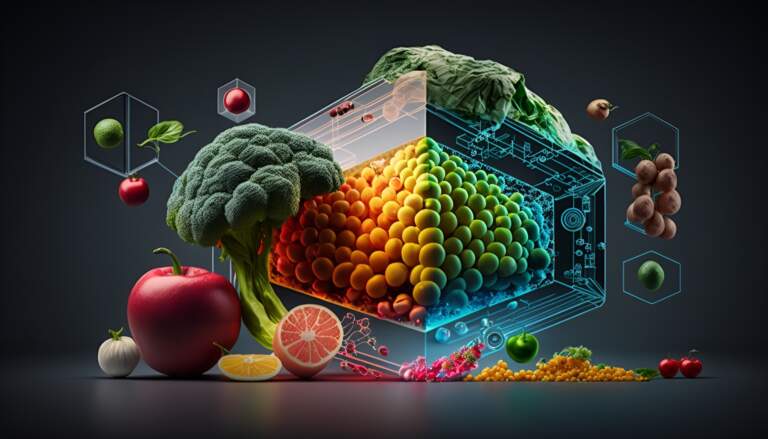
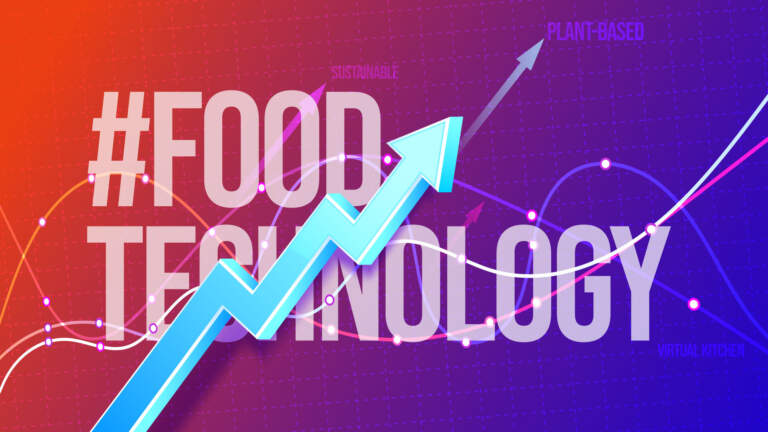
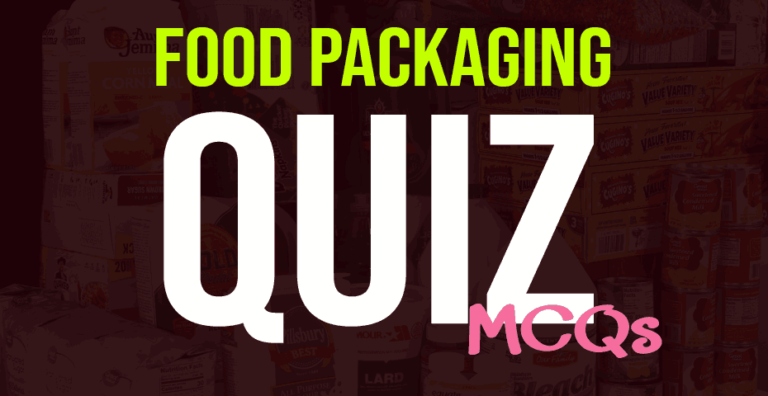
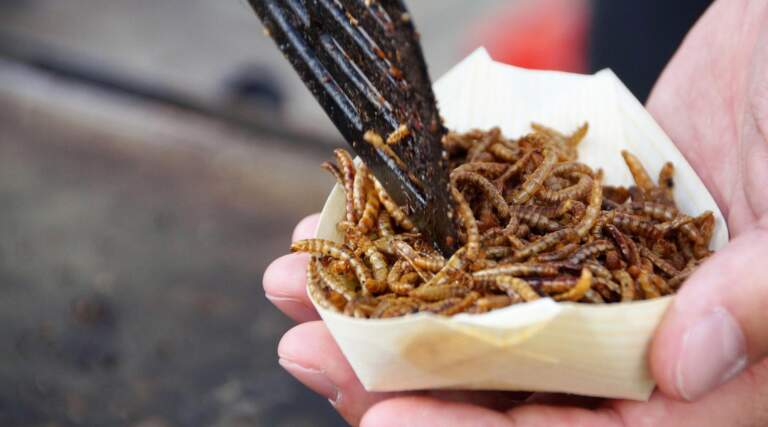
Leave a Comment